- Home
- HRSG Inspection
COVERED PIPING SYSTEMS (CPS)
HRST offers an array of Covered Piping Systems (CPS) options:
CPS Program Document
- Develop a program that is in compliance with B31.1
- Review failure mechanisms present in the system
- Update/create drawings for all as-installed piping
CPS Inspection
- Hanger walkdowns (Online and Offline)
- NDE Inspection of Select piping
CPS Analysis
- Risk-ranking of piping system to determine high-risk areas for NDE Inspection
- Incorporates findings from CPS Inspection
- Accounts for factors like operation, historic events, and safety risk
Covered Piping Systems (CPS), also known as High Energy Piping (HEP) is an ASME code-mandated maintenance item, due to the high risk for catastrophic failure on high temperature and high pressure steam piping.
HRST has developed a robust CPS program document that helps any plant fill in gaps in code compliance and establish a site-specific CPS program. The program document development starts with outlining the scope of the CPS program and reviewing related documents. Then HRST assesses which failure mechanisms could be active in the system and identifies recommended inspection intervals.
HRST also offers a CPS inspection, where we perform an inspection of the overall piping health. In addition to support condition in both the hot and cold location, the inspection also focuses on piping growth, constraint, low points, drainability, and insulation concerns. The results are summarized in a report with photos, and each finding is assigned a priority and a recommended action to mitigate the issues. During a CPS inspection, HRST can also support CPS Non-Destructive Examination (NDE). The purpose of CPS NDE is to assess high-risk areas for cracking due to fatigue. Where the material is susceptible to creep damage, NDE is also used to get a baseline idea of creep progression in the component, so the plant can plan for future replacement. HRST can provide P91 and P22 Tee NDE Inspection with our CPS Inspection scope. In the event that crack indications are identified, our protocol includes providing comprehensive recommendations for monitoring or repair, which will be detailed in the summary reporting deliverable.
In order to help identify high risk areas for NDE, HRST offers CPS Analysis. As part of the analysis, HRST performs an extensive review of the piping design, operating data, and operating history. This is paired with the results of the as-found condition from the CPS inspection. The gathered information is then used to determine the impact of metal degradation mechanisms such as creep, fatigue, graphitization; flow-accelerated corrosion (FAC) and corrosion under insulation (CUI) on the piping. A list of critical piping locations is established and ranked based on risk. HRST delivers a component ranking that helps determine where and what NDE should be performed in the system and considerations for future condition assessment planning.
Use the following to request a brochure: HRST CPS Inspection
